Top 10 Musical Instruments for Beginners: Easy to Learn and Enjoy

Learning an instrument is one of the most rewarding ways to express yourself in the universal language of music. However, jumping into this pursuit can be daunting if you walk down a difficult path. That's why selecting an easy-to-learn instrument can make all the difference, whether you are a complete beginner or looking to pick up a new hobby. In this countdown, we explore the top ten instruments that offer the quickest route to musical enjoyment.
It's not only about having an accessible musical instrument. This guide has the best sheet music collections for beginners playing the piano, guitar, and violin.
Key Takeaways:
- Ease of learning: These instruments are perfect for beginners due to their simplicity.
- Affordability: Most of the instruments listed are budget-friendly.
- Enjoyment: Quick learning curves mean you can start making music almost immediately.
- Accessibility: Each instrument offers various resources to support your journey further.
Criteria for Evaluating the Easiest Musical Instruments
Several key factors come into play when determining the easiest musical instruments to learn. These points help identify instruments offering a gentle introduction to music. The criteria are also built around the importance of retaining the beginner's interest through quick progress and accessible resources.
Here are the main elements we considered:
- Learning curve: Instruments with a gentle learning curve allow beginners to play recognizable tunes or rhythms within a short space of time. Don't underestimate the essential nature of this immediate gratification. It maintains motivation during those critical early stages.
- Technical simplicity: Instruments requiring minimal finger dexterity, complex hand-eye coordination, or advanced music theory are understandably more accessible for beginners. Simple playing techniques make it easier to start and enjoy the whole process.
- Affordability: The cost of an instrument can be a significant barrier for beginners. We considered instruments that offer good value for money and an accessible entry point, ensuring anyone can start learning without a substantial initial investment.
- Portability: It can be easily overlooked, but the ease of carrying an instrument can make a sizable difference for learners who want to practice anywhere, anytime. The added convenience of portable instruments encourages more frequent practice.
- Availability of learning resources: An abundance of tutorials, sheet music, and instructional videos make an instrument that much easier to learn. Aside from ample educational resources, a robust online community can make an instrument more accessible to beginners.
- Fun factor: Finally, the instrument's overall enjoyment is essential. Fun-to-play instruments keep beginners engaged and eager to continue learning—the result: long-term musical enjoyment.
With the above criteria accounted for, here are the top ten easiest musical instruments to learn!
- Harmonica
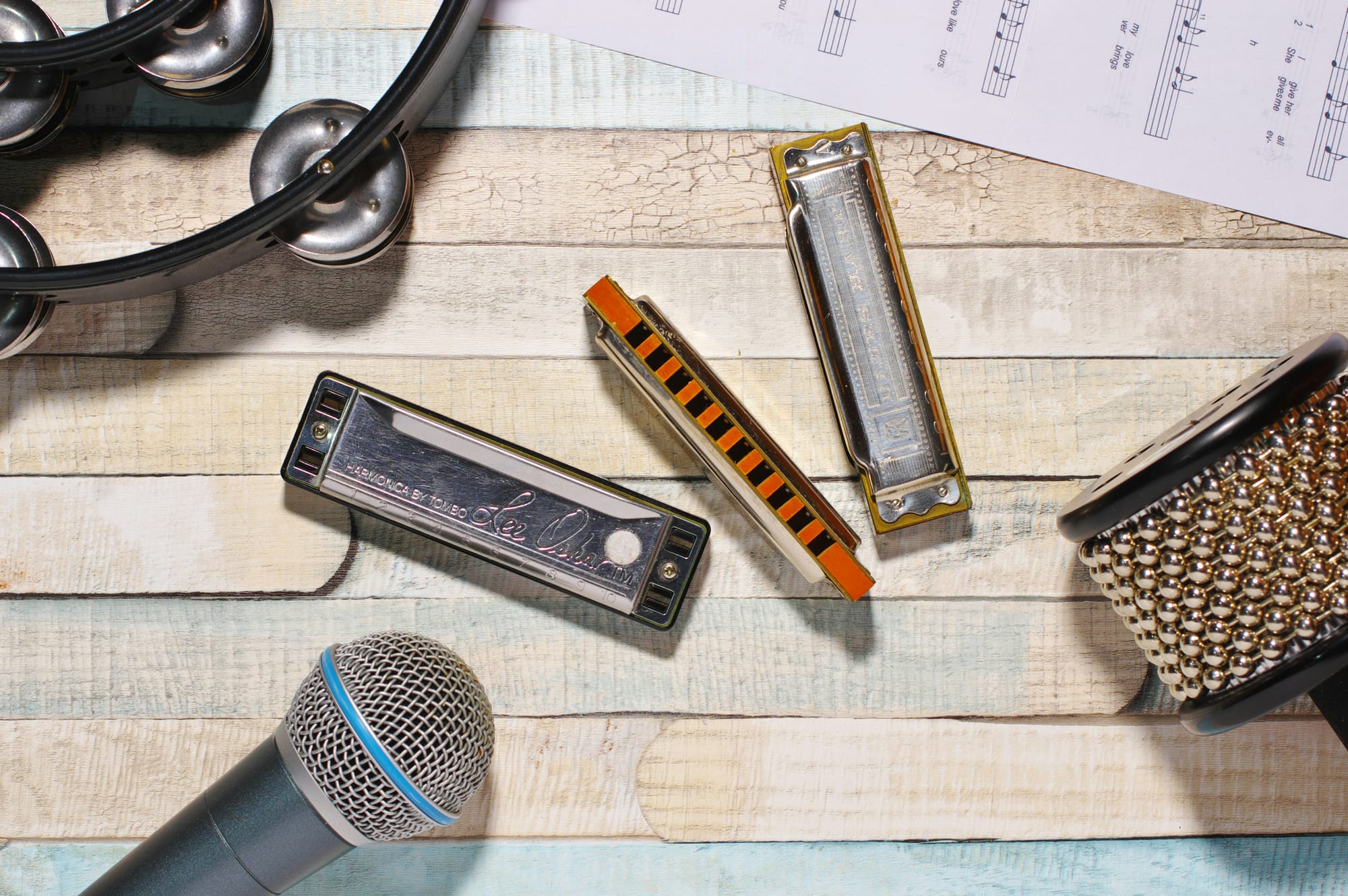
The harmonica has a long history in folk, blues, and country music. It's a small, handheld mouth organ that produces sound through the vibration of reeds when air is blown or drawn through its chambers. You can start playing basic melodies and tunes within hours of picking up the harmonica, with more complex skills developing naturally over time.
Why it's easy: The harmonica is one of the most straightforward instruments to learn, requiring no prior musical knowledge. Its construction allows you to simultaneously play chords and melodies, making it simple to produce pleasing sounds from the start.
Unique highlights:
- Extremely portable. Fits easily in your pocket.
- Affordable, with many good-quality options available without breaking the bank.
- Versatile across various music genres, from blues to rock.
- Ukulele

Originating from Hawaii, the ukulele has become a popular instrument worldwide due to three key elements: its compact size, cheerful sound, and ease of use. Regarding the latter, it only has four strings, which shows the ukulele being described as a simplified version of the guitar. With ample online resources to guide you through popular tunes, you can learn to play simple songs within a few days of solid practice.
Why it's easy: The ukulele's small size and simple chord structures make learning straightforward. The soft strings are gentle on the fingers, and basic chords can be mastered quickly – perfect for immediate music-making.
Unique highlights:
- Lightweight and portable. Relatively easy to carry and practice anywhere.
- Affordable, with beginner models available at a surprisingly low cost.
- Offers a joyful, island-inspired sound that can instantly brighten up any song.
- Recorder
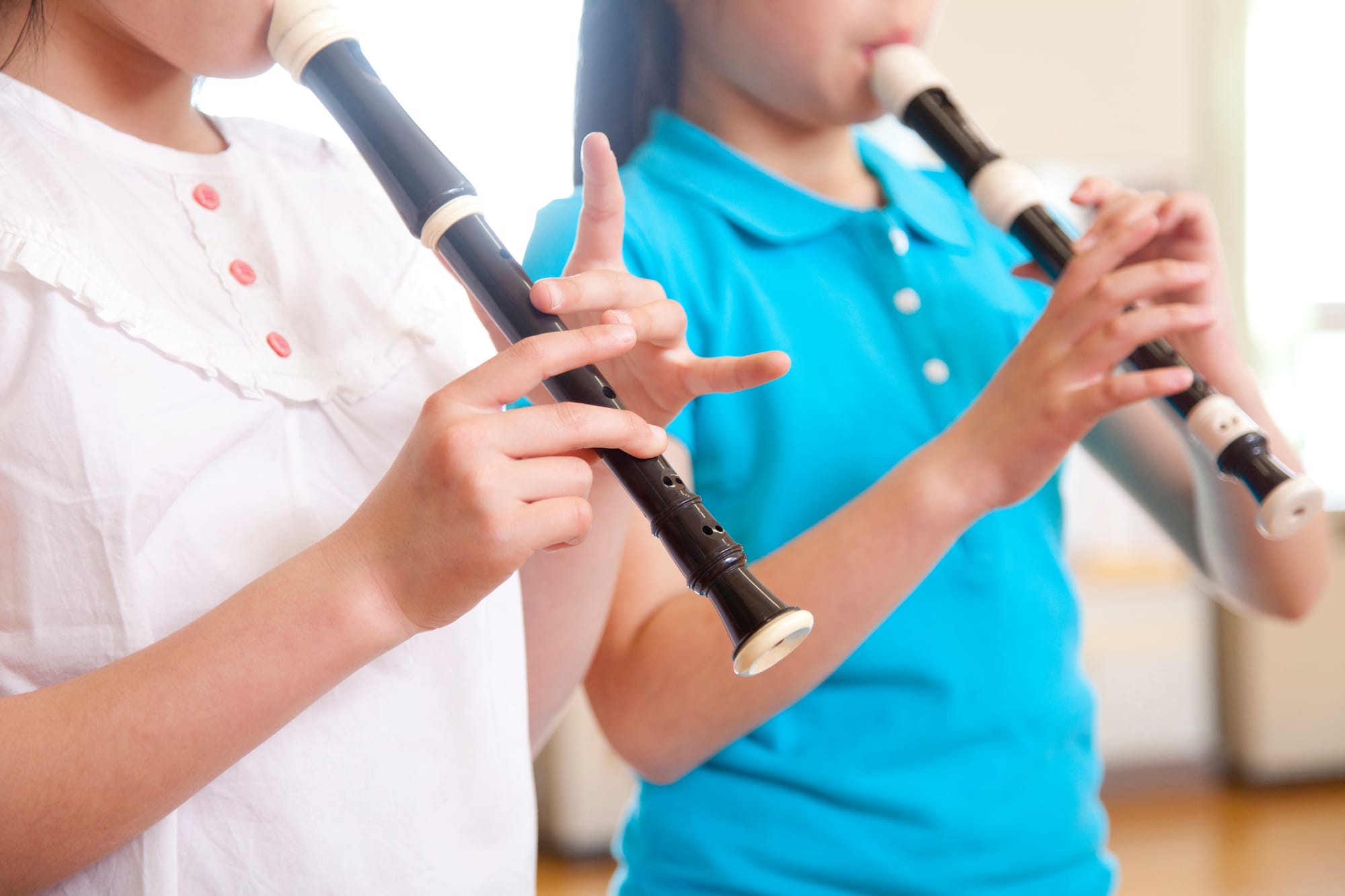
The recorder is a woodwind instrument with a history dating back to medieval times. It's commonly used as a starter instrument for young musicians in educational settings. Most beginners can start playing simple melodies following their first few practice sessions. More complex pieces become accessible as skills develop.
Why it's easy: The recorder's simple fingerings and direct playing technique make producing clear, accurate notes easy. It doesn't require complex breath control. Its straightforward design is also perfect for those just starting their musical journey.
Unique highlights:
- Extremely affordable. For instance, recorders are often included in school music programs.
- Easy to clean and maintain. Complete with durable construction for long-term use.
- Ideal for learning the basics of music notation and rhythm.
- Keyboard/Piano
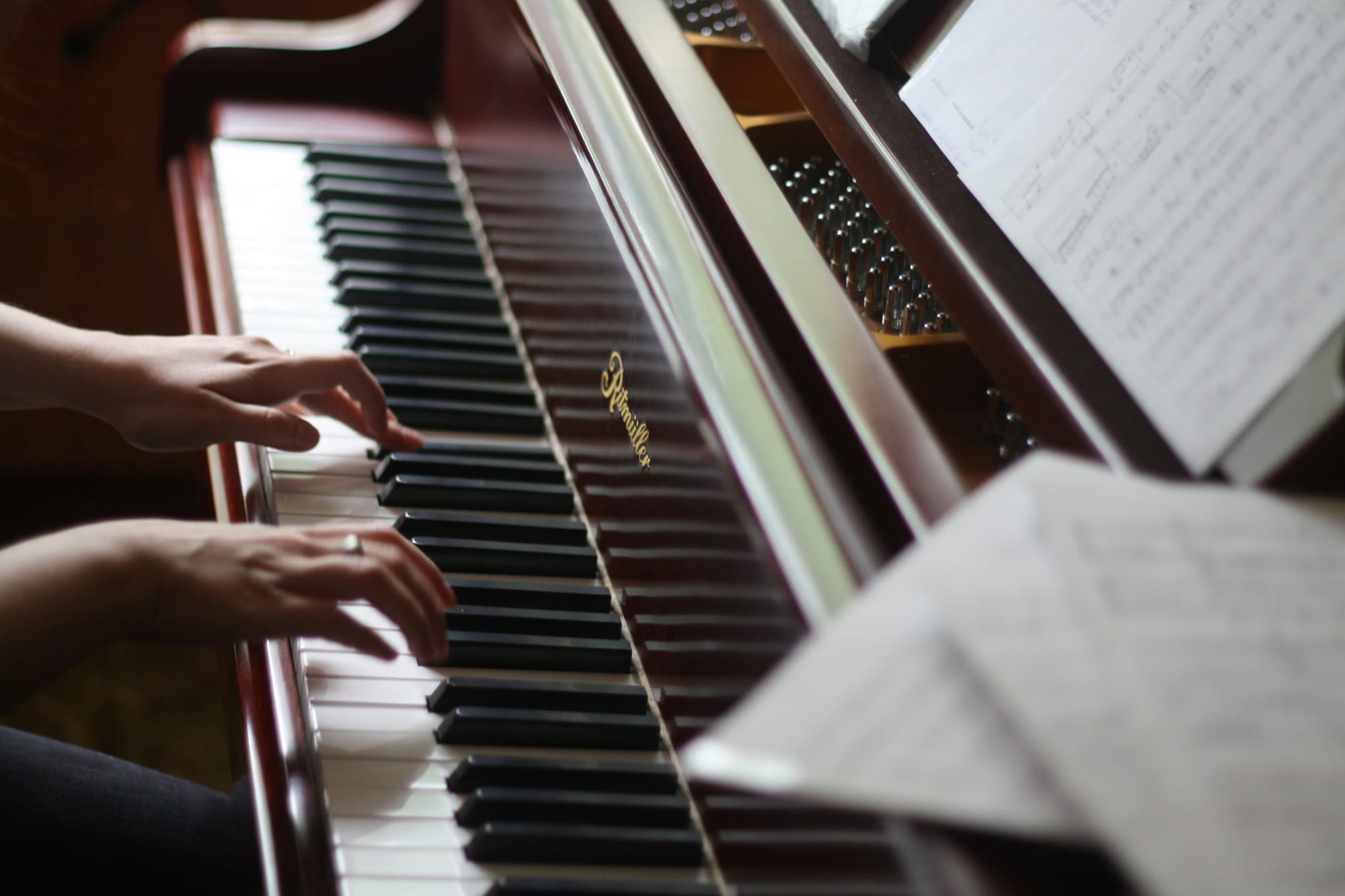
The keyboard or piano is one of the most versatile instruments on the planet. It's capable of playing melodies, harmonies, and bass lines simultaneously, and this highlights why it has been a cornerstone of music education for centuries. Basic songs and scales can be learned within a few lessons, while many modern digital keyboards incorporate built-in learning tools for both beginners and more experienced players.
Why it's easy: The piano's visual layout – where keys correspond directly to notes – makes it easier to understand musical theory and structure. Unlike other instruments, producing a sound on the piano also doesn't require complex techniques. This means beginners can focus on learning melodies and chords right away.
Unique highlights:
- Clear visual representation of music theory through the keyboard layout.
- Ability to move from simple to complex pieces for continuous learning opportunities.
- Digital keywords often come with extra features, such as recording, different instrument sounds, and metronomes. These can all be used to further enhance the learning experience.
- Acoustic Guitar
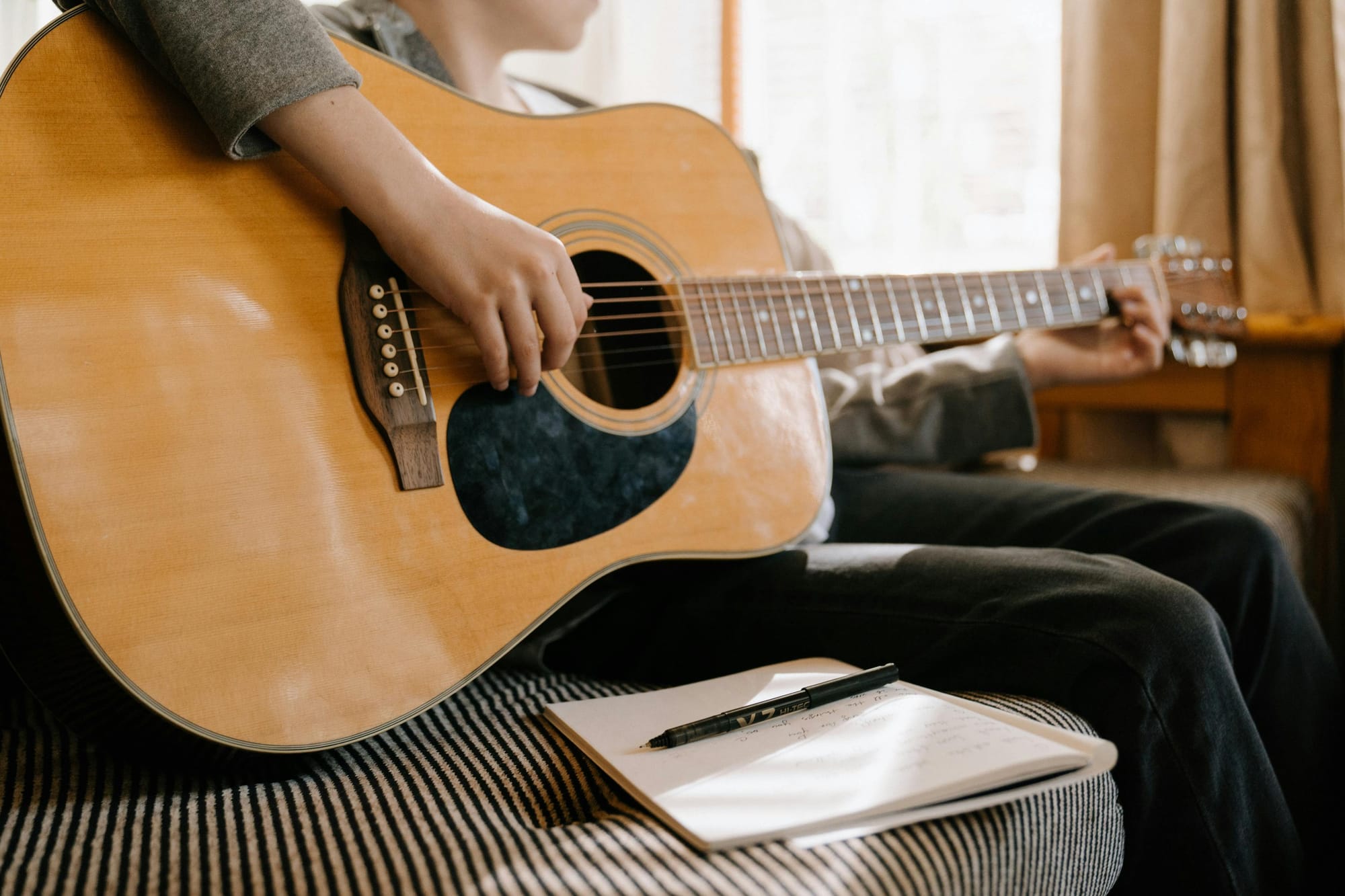
Many beginners, both young and old, are drawn to the guitar due to its widespread use in popular music. The acoustic guitar is a prominent fixture in many music genres, from rock and pop to folk and classical. Its rich sound and versatility make it a favorite for both solo performances and accompaniment.
Why it's easy: Basic chords can be learned quickly, and with a few simple strumming patterns, beginners can start playing songs on the acoustic guitar almost immediately. After a short period of finger adjustment, most novices can begin playing their favorite songs within a few weeks. The abundance of online tutorials and chord charts also makes self-teaching more accessible.
Unique highlights:
- Many learning resources include video tutorials, chord charts, apps, and sheet music.
- A versatile option for playing a wide assortment of music styles.
- Socially engaging – perfect for playing with others at gatherings or sing-alongs.
- Cajon

The cajon is a box-shaped percussion instrument originally from Peru. Played by sitting on the instrument and striking its front surface with your hands, fingers, or brushes, it is a popular choice when the aim is to add rhythm to acoustic settings. Beginners can start producing basic beats and rhythms within the first few sessions. More complex patterns typically develop as confidence is gained.
Why it's easy: The cajon's straightforward playing technique makes it accessible to beginners – even those with little to no percussion experience. Basic rhythms can be learned fast. Additionally, the physicality of playing the cajon makes it a fun, engaging instrument.
Unique highlights:
- Portable and compact. Easy to transport to gigs or practice sessions.
- Versatile, fitting into various musical genres from flamenco to folk and beyond.
- Supplies a full range of percussive sounds – including bass and snare-like tones – all in one instrument.
- Tambourine

The tambourine, a small percussion instrument, has been used in various musical traditions worldwide. It consists of a circular frame with pairs of small metal jingles – known as zills – attached around the edge. A tambourine sometimes includes a drumhead for additional rhythmic possibilities. Basic rhythms and techniques can be learned in just a few minutes, making it ideal for instant musical involvement.
Why it's easy: The tambourine's simplicity makes it accessible to beginners of all ages. No complex techniques are involved. All you need to do is shake or tap to create rhythms. It's also a fun, energetic instrument which adds a lively element to any musical performance.
Unique highlights:
- Lightweight and highly portable. Perfect for casual music-making.
- Adds a vibrant, distinctive sound to any ensemble or solo performance.
- Versatile in both rhythmic and melodic music. Used in genres ranging from classical to pop.
- Bongos
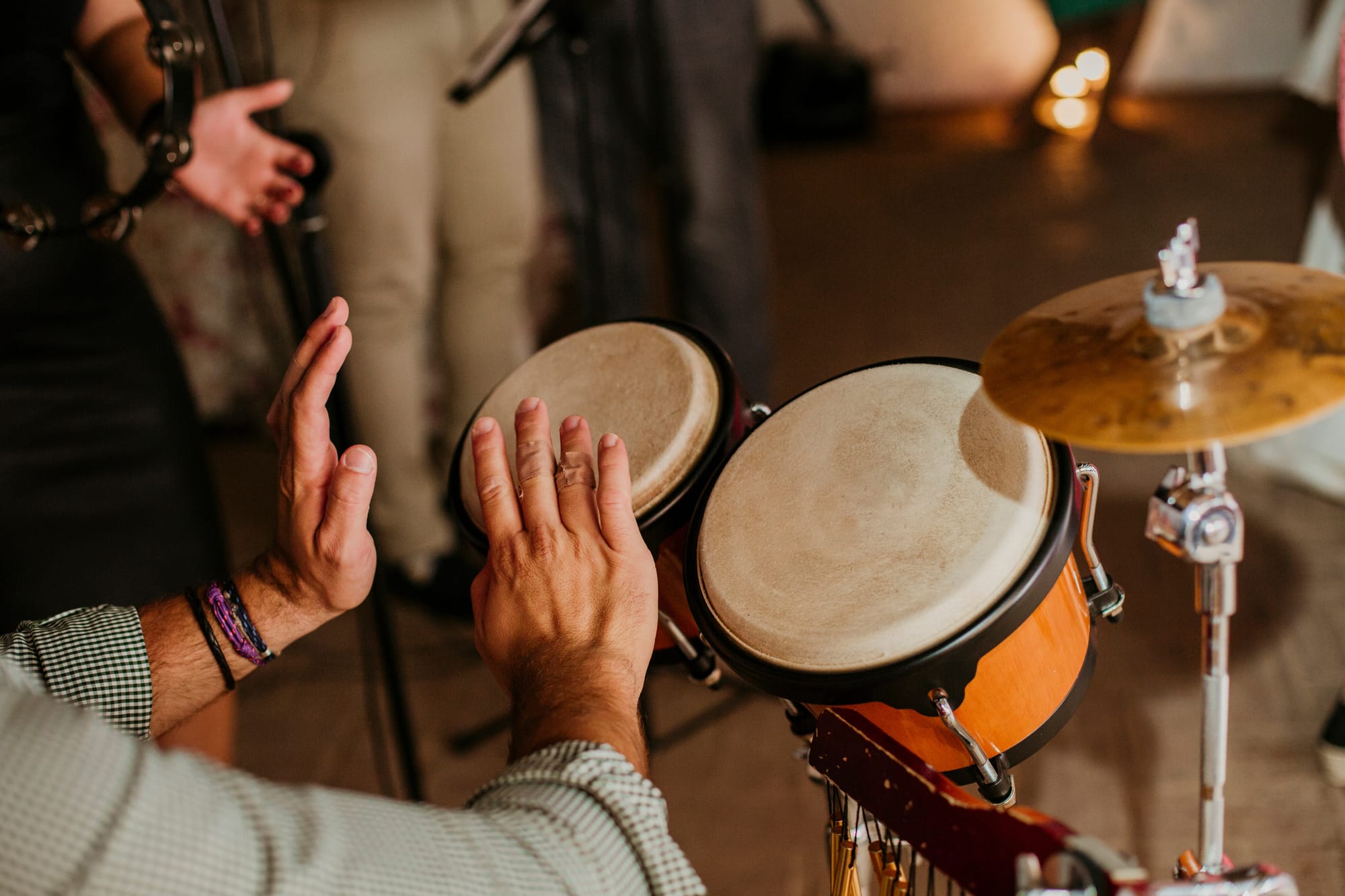
When talking about the easiest musical instrument to learn, bongos are near the top of the list. They are a pair of small, open-bottomed drums of different sizes, traditionally used in Afro-Cuban music – although its influence is being felt across various musical styles worldwide. Played with the fingers and palms, bongos are known for their vibrant and rhythmic sound. You can also learn the basic hand positions and rhythms in a single session.
Why it's easy: Bongos are simple to play. By using basic hand-drumming techniques that are easy to grasp, newcomers can quickly start playing rhythms and gradually work their way up to more complex patterns.
Unique highlights:
- Compact and easy to transport. Ideal for jam sessions.
- From Latin to jazz and pop, suitable for a diverse range of musical styles.
- Encourages improvisation and creativity, further enhancing the learning experience.
- Kalimba
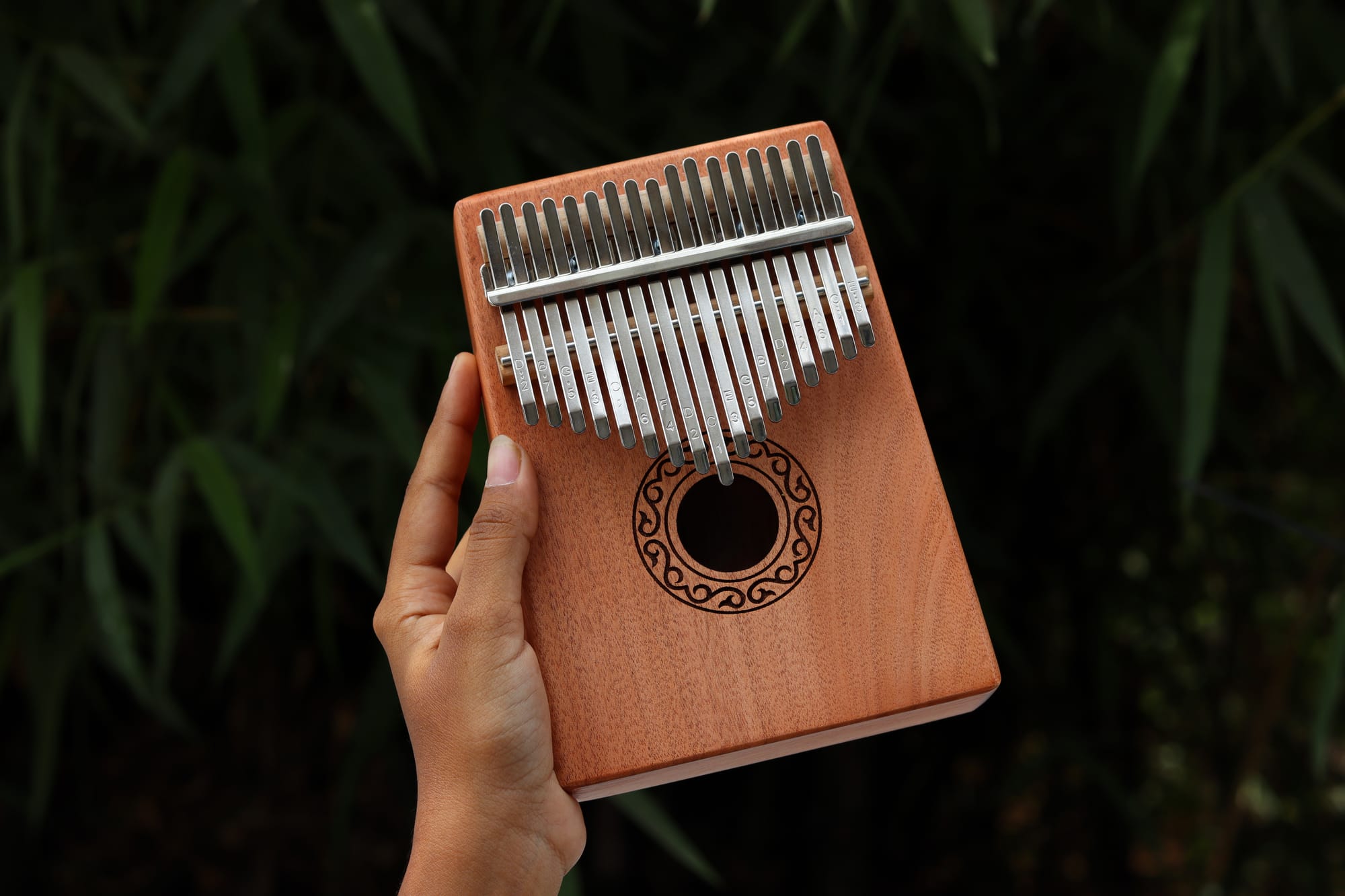
The kalimba, also known as a thumb piano, is an African instrument consisting of a wooden board with attached metal tines. When the tines are plucked by the player, melodic sounds are produced. The instrument's soothing, bell-like tones make practice an enjoyable and relaxing experience, and beginners can play recognizable melodies within minutes of picking it up.
Why it's easy: The kalimba's simple design and intuitive playing method make it one of the easiest instruments to learn. Each tine corresponds to a specific note, and the layout facilitates easy melody playing without complex hand movements.
Unique highlights:
- Portable and lightweight. A kalimba can be taken anywhere.
- Produces a unique, soothing sound – one that's both relaxing to listen to and play.
- Often tuned to a diatonic scale. This makes it easy to produce harmonious melodies without requiring extensive musical knowledge.
- Triangle
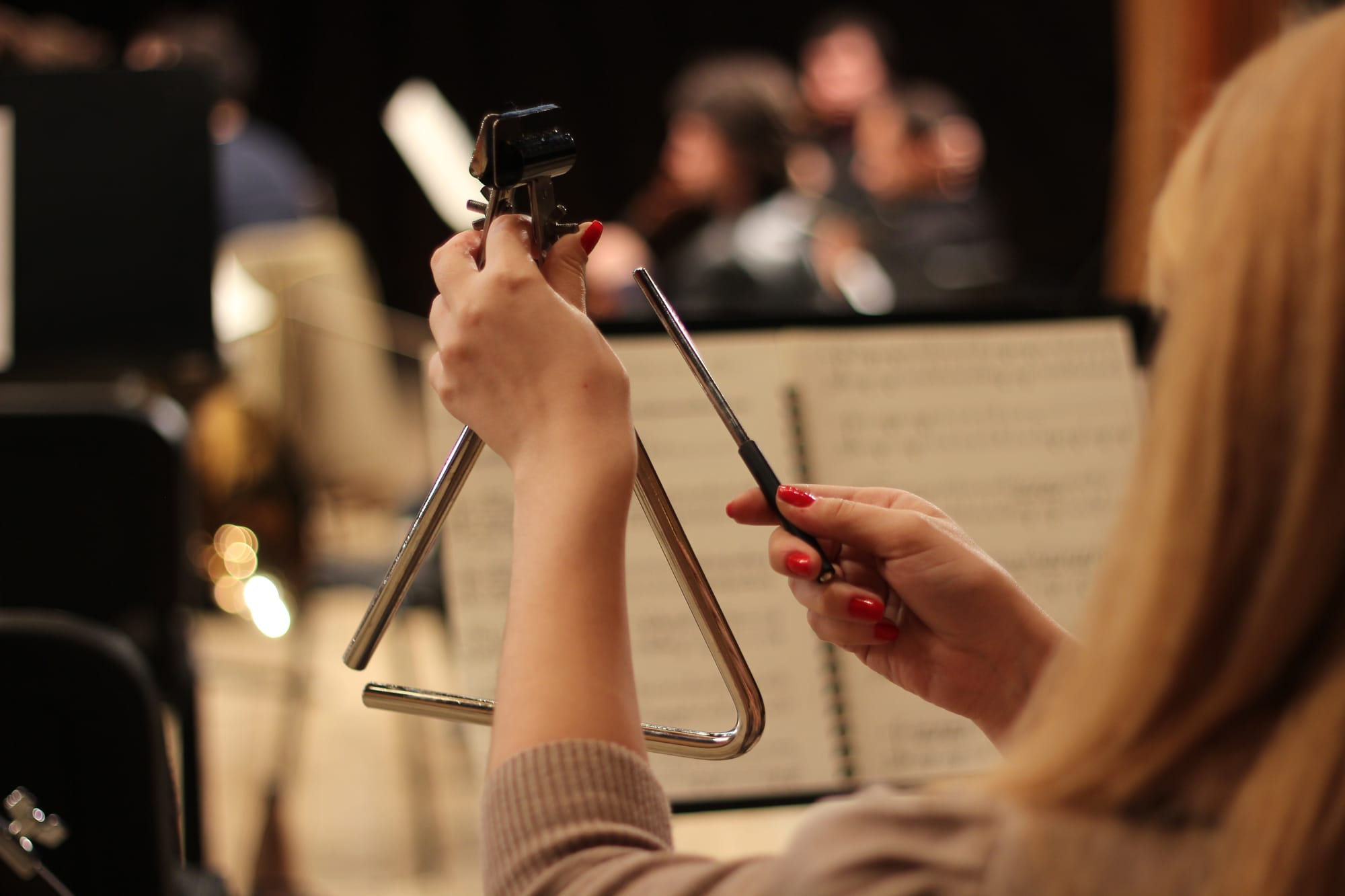
The triangle is a small percussion instrument made of metal. Taking a triangular shape – hence the name – it's struck with a metal beater to produce a bright, ringing sound. Despite a level of simplicity that sees it in first position on this list, the triangle has been a staple in orchestras, bands, and various musical ensembles for centuries. Plus, mastery of the triangle's basic playing technique can be achieved almost immediately – no prior musical experience required.
Why it's easy: The triangle is incredibly easy to play, requiring only a simple striking motion. There are no complex techniques or fingerings to learn. It's ideal for absolute beginners seeking a straightforward way to add rhythm to music.
Unique points:
- Extremely lightweight and portable. It's among the most accessible instruments to carry and play.
- Adds a crisp, clear sound that cuts through an ensemble. This makes it an effective rhythmic accent.
- Perfect for beginners or those who desire a minimal commitment instrument, all while still being able to contribute significantly to musical compositions.
Find the Right Instrument For You
Learning a musical instrument is an enriching experience. By starting with one of these easy-to-learn options, the journey can be more straightforward – and enjoyable. Whether you select the ukulele, triangle, or another instrument on this list, you'll find yourself making music in no time!


